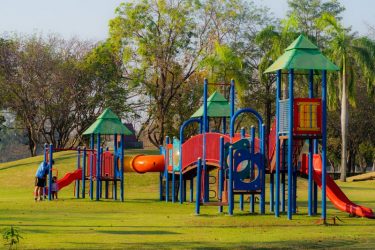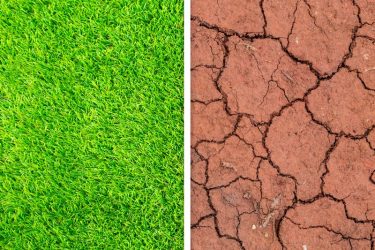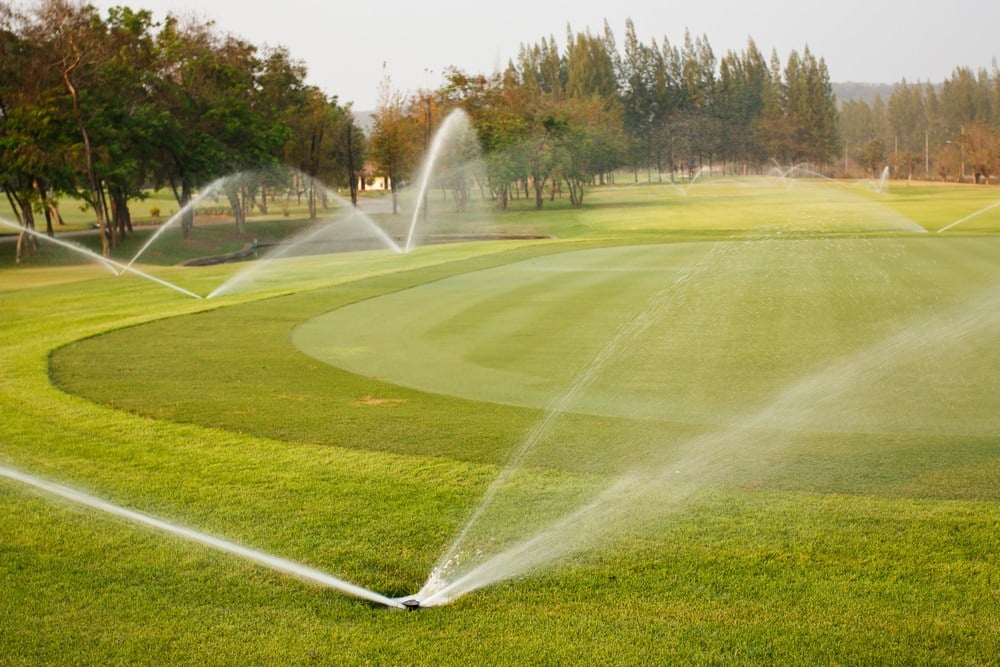Stadiums and Playgrounds




Stadiums and Playgrounds

Sports Field/Stadium Turf Management
The Goal Line, or the Wall, is to continually produce a playing surface that withstands the constant damage caused by heavy footfall, as well as maintaining a balanced ecology within the root-zone. A healthy, contaminant free root-zone, with free movement of moisture and nutrients, a healthy sward, as well as the elimination of hydrophobicity will enhance the look and feel of the field.

The fact is that calcium is the single most important element in plant survival4 , with most plants requirement for calcium being equal to that of phosphorous. Calcium will aid structure in soils, it stimulates flocculation5 , improving air and water movement in even the worst soils.




Calcium helps plants absorb nutrients. In simplified terms, calcium is a nutrient carrier in both the soil and the plant tissue6 . In the soil, it helps control the water movement and conductivity, which means it can deliver more nutrients from the soil and maximize fertilizer effectiveness. In plants, calcium helps regulate water and nutrient uptake by the roots and the movement throughout the plant.
This results in a greener field turf with improved drainage and the need for less irrigation water to maintain the plush grass desired.



Problem/Solutions Q&A:
● How do I prevent crusting of the soil during the warmer summer months?
o Soil crusting arises from unaggregated clay particles common in tough summer weather conditions. EcoGEM’s Soil Enhancer stabilizes the soil to prevent this crusting, and in turn, helps reduce the spread of weeds (like poa annua) and also reduces runoff and erosion.
● How do I reduce my fertilizer usage and cost?
o By enhancing soil structure which creates microscopic channels in the soil, EcoGEM’s Soil Enhancer increases the soil infiltration rates for expensive fertilizers and pesticides by 3-5 times over non-treated soils, holds nutrient residues and reduces the runoff of this fertilizer into ponds and waterways. This better infiltration gets the fertilizer to the lower root level and enables better absorption into the plant. This allows you to reduce fertilizer usage and costs. It is what also minimizes the fertilizer run-off.
● How can I reduce my water requirements and costs?
o EcoGEM’s Soil Enhancer improves water infiltration 3-5 times on treated soils reducing compacted soils that harm root systems and prevent the uptake of moisture and oxygen
o This generates Cost Savings by reducing water usage (and associated maintenance/utilities/downtime), turf repairs, and minimizes (as per above) the need for other fertilizers.
● How can I improve drainage after a heavy Rainfall or overwatering?
o Poor water drainage or overwatering is a common problem which can stress root zones in grasses and turfs. This makes the soil more prone to compaction which prevents water from infiltrating the soil and get to the root zone. Just like in fertilizer, by improving the soil structure, EcoGEM’s Soil Enhancer can create those microscopic channels which allows the water to permeate the soil and minimize compaction and hence water remaining on the surface of the ground.








1 Chen and Warren Dick; 2011 from "Gypsum as an Agricultural Liming Amendment. http://ohioline.osu.edu/b945/b945.pdf"
2Oster J.D., (1982) Gypsum usage in irrigated agriculture: A review. Fertilizer Research 3, pp73-89 (1982).
3Dr. L. Oldham (2019) Secondary Plant Nutrients: Calcium, Magnesium, and Sulfur. Mississippi State University Extension, MS 39762. Information Sheet 1039 (POD-07-19)
4 McCauley A., Jones C., Jacobsen J. (2009) Plant nutrition functions and deficiency and toxicity symptoms, Montana State University Extension Service, Bozeman, MT. pp.16
5Loveday J. (1981) Soil Management and amelioration. Abbot TS, Hawkins CA and Searle, PGE, eds. National soils conference 1980. Review Papers, pp 39-57. Glen Osmond, Australia: Australia Society of Soil Science Inc.
6Maathuis F.J.M. (2009) Physiological functions of Mineral Macronutrients. Current Opinion in Plant Biology 12:250-258
